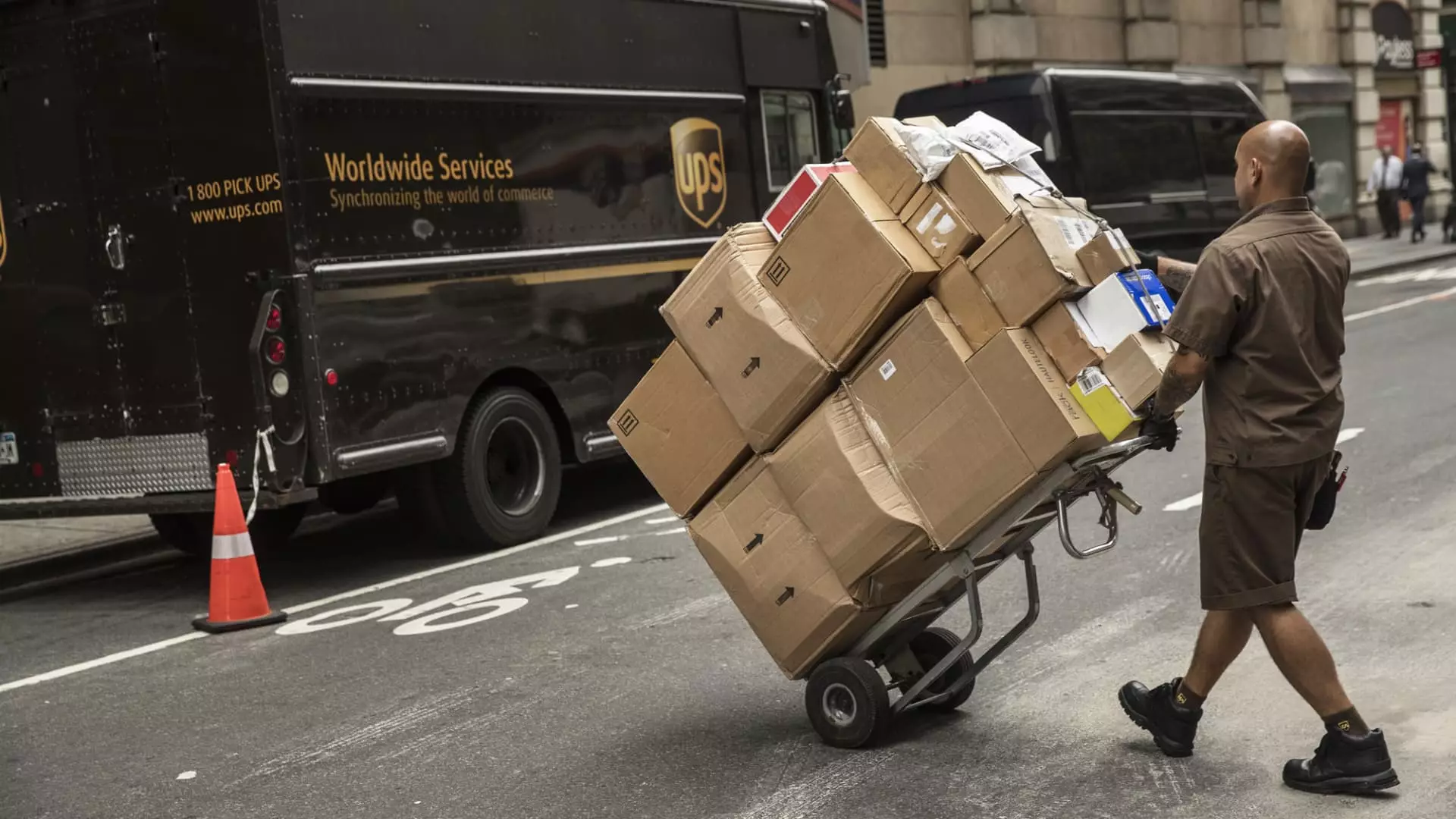The holiday shopping season, an anticipated economic event, is set to witness unprecedented levels of consumer spending this year. However, a significant and concerning trend is emerging alongside this increase: a surge in merchandise returns. According to the National Retail Federation (NRF) and return management company Happy Returns, returns are expected to reach 17% of all merchandise sales in 2024, translating to an astonishing $890 billion in returned goods. This figure marks a notable increase from the previous year’s return rate of approximately 15%, which equated to about $743 billion.
While returns are a year-round phenomenon, they proliferate during the holiday season, when shopping activity peaks. The NRF projects that retailers will face a return rate 17% higher than the annual average for the duration of the holidays. This trend raises a red flag for retailers already grappling with supply chain challenges and rising costs. Amena Ali, CEO of returns solution company Optoro, expresses hope for a future with reduced return rates but acknowledges that this problem is likely to persist.
The cultural shift towards online shopping, exacerbated by the pandemic, has conditioned consumers to regard returns as an inherent part of their purchasing behavior. This alteration has given rise to practices such as “bracketing,” where shoppers buy multiple sizes or colors of the same item, intending only to keep one. Data reveal that nearly two-thirds of consumers partake in this behavior, which describes the challenge posed by such habits for retailers.
Another troubling trend is “wardrobing,” where customers purchase an item for a specific event and return it post-use. Research indicates a staggering 69% of shoppers admit to engaging in wardrobing, signifying a 39% increase from 2023. This behavior feeds into a broader narrative of rising return rates, as 46% of consumers report returning items multiple times a month—a noteworthy 29% rise from the prior year. The economic implications of these behaviors are significant; processing returns costs retailers an average of 30% of an item’s original price.
Importantly, the ramifications do not stop at financial losses; they extend to sustainability challenges. David Sobie, co-founder of Happy Returns, emphasizes the need for retailers to rethink their reverse logistics, particularly as consumer behavior strains traditional systems. The environmental burden posed by returns is substantial, with many returned items failing to be processed and instead landing in landfills. Statistics from the U.S. Environmental Protection Agency show only 54% of all packaging was recycled in 2018, underscoring the pressing need for improved practices.
To combat this return surge, retailers are strategically altering their policies. In 2023, 81% of U.S. retailers implemented stricter return policies, including shorter return periods and the introduction of restocking fees. This regulatory shift aims to mitigate inventory loss due to returns, yet retailers recognize the importance of enhancing the returns experience for their customers.
Some companies, like Amazon and Target, have adopted a more lenient approach by allowing customers to keep unwanted items and receive refunds without returning the product. Other forward-thinking retailers, such as Patagonia, have launched buyback programs to keep unwanted goods in circulation. This approach not only fosters environmental sustainability but also caters to the growing eco-conscious consumer base.
Return policies are increasingly becoming a critical factor in consumer decision-making. Research reveals that three-quarters of shoppers identify free returns as a key consideration when choosing where to shop. Additionally, 67% of consumers would reconsider their purchases based on a negative returns experience. A survey conducted by GoDaddy highlights that 77% of shoppers consult return policies prior to making purchases, marking a pivot in how younger generations, particularly Millennials and Gen Z, engage in the retail landscape.
The interplay between return policies and shopping behavior illustrates the need for retailers to adopt comprehensive strategies that accommodate emerging consumer expectations while addressing the challenges posed by returns. The future of holiday shopping may depend heavily on how effectively retailers can adapt to these changes and foster an environment that balances profitability with sustainability.
The landscape of holiday shopping is undergoing a seismic shift, characterized by soaring return rates that present challenges and opportunities for retailers. As the industry adapts, maintaining consumer trust, ensuring financial viability, and implementing sustainable practices will be crucial in navigating the complexities of modern retail.

